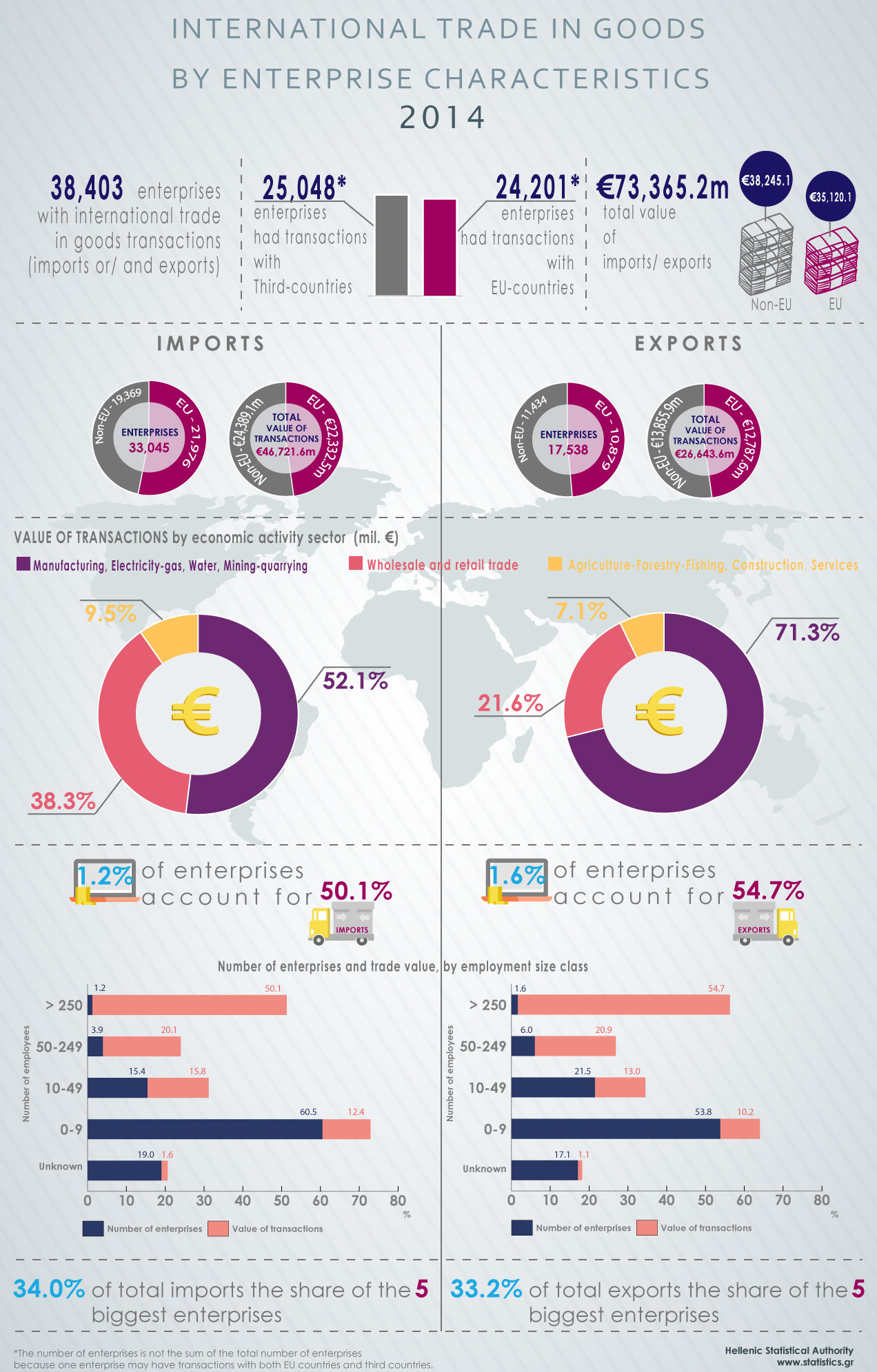


Remember, there can be momentum in the upward or downward direction. Then, we review the momentum of the various sector at a specific time - say monthly or 3-monthly - and rotate our capital to the sectors showing the greatest momentum. Now, instead of considering random assets, we consider different sectors and invest in the sectors that are showing the biggest momentum. But then, if another asset is showing greater momentum, it would be wise to rotate into that sector and benefit from it. The belief is that trends can persist for as long as possible until it has been proven to end. It involves going long on stocks or exchange-traded funds (ETFs) that are making higher high and going short the ones that are in a downward trend. Momentum investing has been around for a long time. What is sector momentum, and how does it apply to sector rotation? Using ETFs for sector rotation: the momentum-based ETF sector rotation strategy.Rotation strategy for stocks: how do you find the sector rotation of a stock?.Understanding the idea of sector momentum in sector rotation: what is meant by sector rotation?.What is sector momentum, and how does it apply to sector rotation?.To help you digest this complex topic, we will discuss it under the following subheadings: It is basically where sector rotation meets market momentum. The idea is to improve trading results by ranking sectors according to their momentum and then buying the best performers while selling the laggards. Sector momentum is a sector rotation strategy that uses the concept of relative momentum to boost performance.

But what is sector momentum and sector rotation? Interestingly, both momentum and rotational strategies are simple to apply. When sector rotation is then combined with sector momentum, it can lead to even better results. Investors and traders are always looking for ways to exploit every anomaly in the market to maximize returns, and sector rotation is one of the most common ways they do that. Last Updated on 8 November, 2021 by Samuelsson


 0 kommentar(er)
0 kommentar(er)
